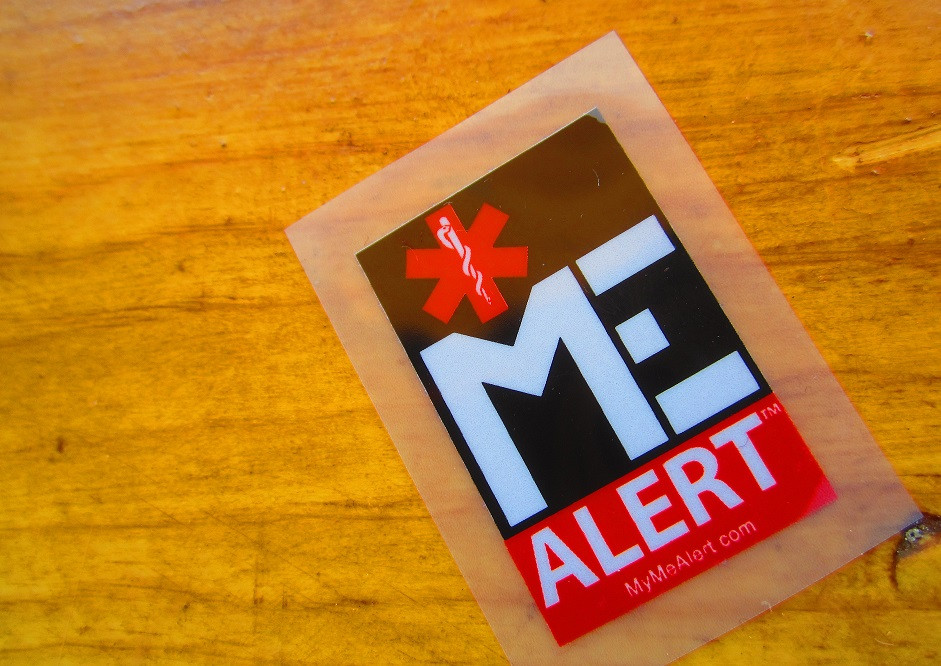
In the ever-evolving fashion and apparel industry, labels play a critical role that goes beyond mere identification. Among the various types of labels, woven clothing labels and heat transfer labels stand out for their unique characteristics and applications. This article delves into the significance, production processes, and applications of these labels, highlighting their impact on the industry.
Woven Clothing Labels: Craftsmanship and Durability
Definition and Characteristics
Woven clothing labels are created by weaving threads together to form the label. They are renowned for their durability, intricate designs, and high-quality finish. These labels are typically made from materials like cotton, polyester, and damask, which offer different textures and finishes suitable for various types of garments.
Production Process
The production of woven clothing labels involves several meticulous steps:
Designing: The process begins with designing the label. This involves selecting the color, size, and pattern. Advanced software is often used to create detailed designs that can be translated into woven formats.
Material Selection: Choosing the right threads is crucial. Cotton offers a soft, natural feel, while polyester is durable and resistant to fraying. Damask is often used for its high-quality and detailed weaving capabilities.
Weaving: The actual weaving is done using high-speed looms. These machines interlace the threads based on the design, creating the label in a continuous strip which is then cut into individual labels.
Finishing: After weaving, the labels undergo finishing processes such as cutting, folding, and ironing to ensure they are ready for attachment to garments.
Applications
Woven labels are commonly used in high-end fashion and luxury brands due to their premium look and feel. They are often found in the necklines of shirts, the waistbands of pants, and the seams of dresses. Their durability makes them suitable for items that require frequent washing, as they maintain their appearance over time.
Advantages
- Durability: Woven labels are highly durable and withstand repeated laundering without losing their integrity.
- Detail: They can incorporate intricate designs, making them ideal for detailed logos and brand names.
- Premium Feel: The texture and quality of woven labels add a touch of luxury to garments.
Heat Transfer Labels: Modern and Versatile
Definition and Characteristics
Heat transfer labels, also known as tagless labels, are applied to garments using heat and pressure. They involve transferring a printed design from a special paper to the fabric, resulting in a smooth, seamless finish. These labels are popular in sportswear and activewear due to their comfort and flexibility.
Production Process
The production of heat transfer labels involves the following steps:
Designing: The design phase is crucial, involving the creation of digital artwork. This design includes all necessary information, such as logos, care instructions, and size.
Printing: The design is printed onto a special transfer paper using heat-resistant inks. This paper acts as a medium to transfer the design onto the fabric.
Cutting: The printed sheets are then cut into individual labels. Precision cutting ensures that each label is accurately sized and shaped.
Application: The labels are applied to garments using a heat press. The heat and pressure cause the ink to transfer from the paper to the fabric, creating a permanent bond.
Applications
Heat transfer labels are widely used in activewear, children’s clothing, and intimate apparel. Their ability to stretch and move with the fabric without causing irritation makes them ideal for garments that require a high degree of comfort and flexibility.
Advantages
- Comfort: These labels do not have edges or seams that can irritate the skin, making them very comfortable to wear.
- Versatility: They can be applied to a wide range of fabrics, including synthetics and blends.
- Seamless Appearance: The labels are integrated into the fabric, providing a clean and unobtrusive look.
Comparative Analysis
Durability and Wear
Both woven and heat transfer labels offer distinct advantages in terms of durability and wear. Woven labels are extremely durable and maintain their appearance through numerous washes. They are less likely to fade or peel compared to other types of labels. Heat transfer labels, while also durable, may begin to show signs of wear over time, especially if not applied correctly. However, their seamless application makes them less prone to fraying or detaching.
Comfort and Aesthetic
Comfort is a significant factor in label choice. Heat transfer labels excel in this area due to their tagless nature, which eliminates any potential for skin irritation. Woven labels, while luxurious, may have edges that can be felt against the skin, though this is often mitigated by careful placement and finishing.
Aesthetically, woven labels offer a premium look and feel, making them suitable for high-end garments where brand perception is crucial. Heat transfer labels, on the other hand, provide a modern, minimalistic appearance that blends seamlessly with the garment.
Sustainability Considerations
As the fashion industry increasingly prioritizes sustainability, the environmental impact of label production is under scrutiny. Woven labels can be made from natural fibers like cotton, which are biodegradable. However, the weaving process can be resource-intensive. Heat transfer labels, often made with synthetic inks and transfer papers, raise concerns regarding chemical use and waste. However, innovations in eco-friendly inks and recyclable transfer papers are addressing these issues.
Woven clothing labels and heat transfer labels each bring unique benefits to the apparel industry. Woven labels are synonymous with durability and luxury, making them ideal for premium and high-end fashion. Heat transfer labels, with their comfort and versatility, are perfect for activewear and everyday clothing. Understanding the distinct characteristics and advantages of each type allows brands to choose the most appropriate label for their garments, enhancing both functionality and consumer appeal. As the industry continues to innovate, the future will likely see even more advanced and sustainable labeling solutions, further enhancing the quality and appeal of clothing worldwide.
